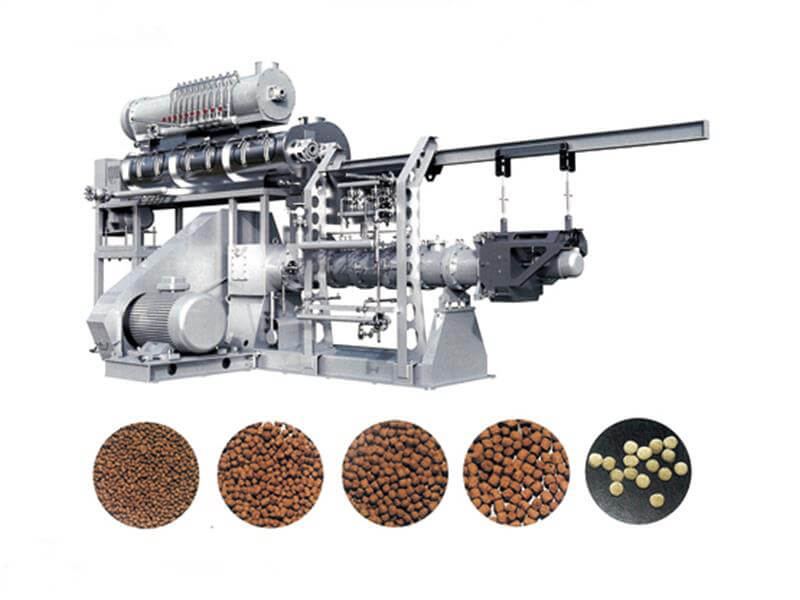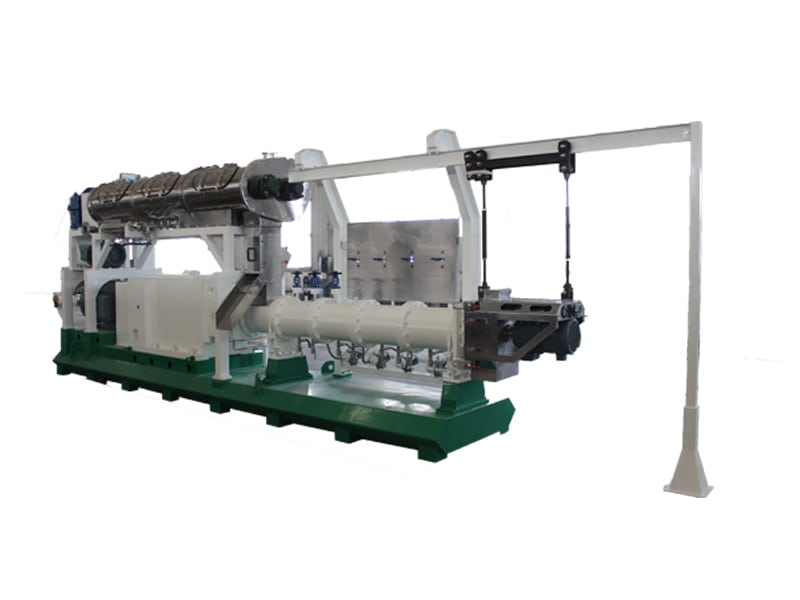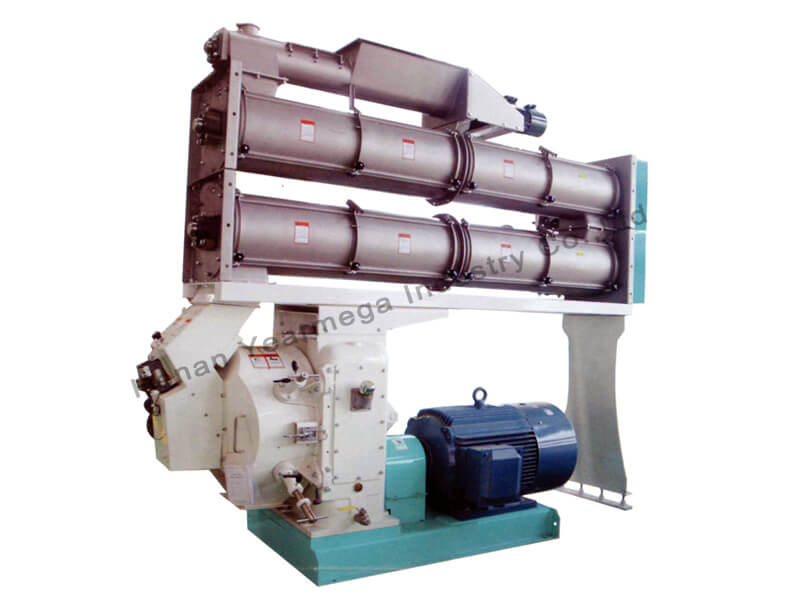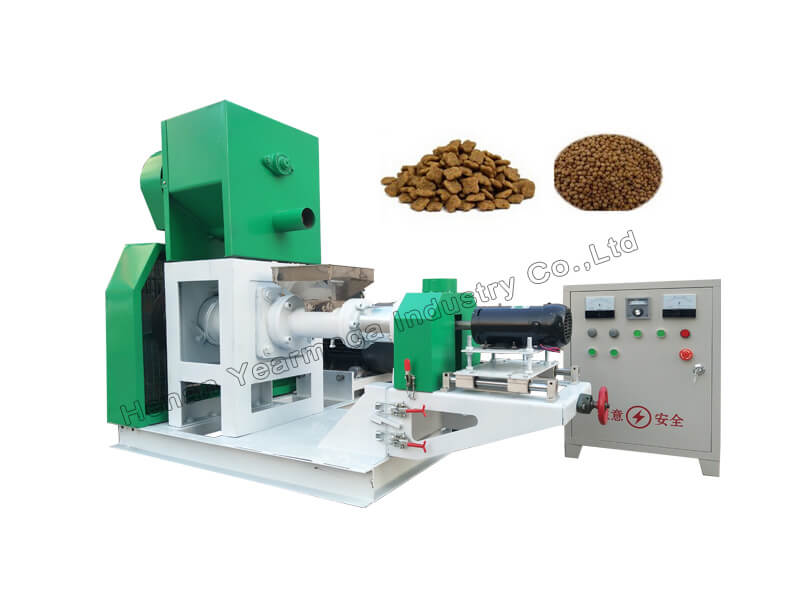- Animal Feed Machine
- Animal Feed Production Line
- Fish Feed and Pet Food Machine
- Fish Feed and Pet Food Production Line
- Soybean Meal Machine
- Feather Meal Machine
- Biomass Wood Pellet Machine
- Biomass Briquette Machine

 Email: carla@hnyearmega.com
Email: carla@hnyearmega.com
 Tel: +86 15093305912
Tel: +86 15093305912
 Skype: zzhrsdcarlar
Skype: zzhrsdcarlar
 WhatsApp & WeChat: +86 15093305912
WhatsApp & WeChat: +86 15093305912
NEWS




How to design a perfect feed formula for broilers?
Broiler feed and chicken feed shall contains energy feed, protein feed, and mineral feed, vitamins and additives. This article tells us how to design a perfect formula, and how to allocate proportion of each ingredients according to nutritional requirements.
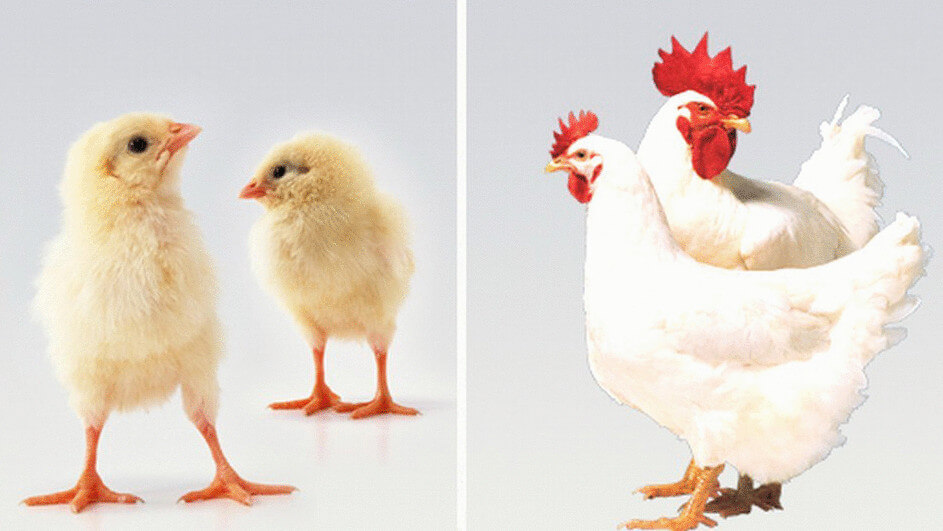
Protein feed is rich in protein and various essential amino acids. Commonly used protein feeds are mainly soybean meal, corn protein powder, rapeseed meal, cotton aphid, peanut meal, fish meal, blood meal and feather meal.
Mineral feed is mainly used to supplement a certain type of minerals in plant and animal feeds, mainly including stone powder, shell powder, bone meal, salt, calcium hydrogen phosphate, zeolite and gravel.
The vitamin feed commonly used in chickens is mainly industrial single synthetic vitamins and multivitamins.
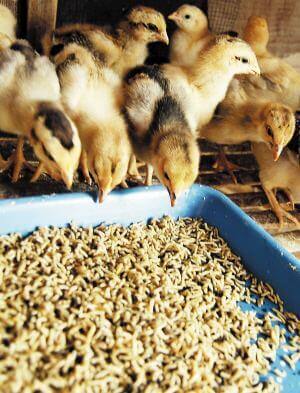
(1) Energy feed
1. corn: It is one of the most important energy feeds for broilers. Rich in starch and crude fat. When formulating the diet, the amount of corn generally accounts for 40% to 70% of the diet.
2. broken rice: is the broken grain rice screened in rice processing. The starch content is high, the crude fiber content is low, and it is easy to digest. Its nutritional value is similar to that of corn, and the dosage is about 30% to 50% of the diet.
3. wheat: high nutritional value, energy content close to corn, more protein content, amino acid than other cereals, vitamin B family is also very rich, palatability is good, the amount of more easy to stick chicken mouth and affect feeding. It can generally account for 10% to 25% of the diet.
4. barley: contains 15% to 20% of the skin, the energy is about 75% of the corn, the crude fiber content is 3 times higher than the corn can account for 10% to 15% of the diet.
5. sorghum: its nutritional value is about 70% to 90% of corn. Its taste is cautious, palatability is poor, the dosage should not be too much, generally accounting for 10% to 15% of the diet.
6 Rice bran : It is a by-product of rice processing, mainly composed of skin and rice embryo. Its crude fat, crude protein and crude fiber content are higher than rice, rich in vitamin B, often used as auxiliary materials, the amount should not be too much, generally accounting for 8% to 10% of the diet.
7. wheat bran: is a by-product of wheat processing. Contains crude protein, vitamin B and manganese, etc., has a laxative effect, the dosage should not be too large, the general broiler dosage does not exceed 8%.
8. sweet potato: the main ingredient is starch, yellow heart sweet potato is also rich in carotene. Feeding the broiler chicken with fresh sweet potato and mixing it into a wet material, the fattening effect is very good, and the dosage is about 40% of the diet. Use dried or dried potato chips or potato granules to mix and feed the broiler chicken. The dosage can account for 5% to 10% of the diet.
9. pumpkin: rich in carotene, sweet, high nutritional value, good palatability, broiler is very fond of eating, can promote weight gain, dosage accounts for about 10% of the diet. Freshly cooked broiler chickens can be used in 40% of the diet.
10. fats and oils: contain high energy. In order to improve the energy level of broiler feed, 2% to 5% of the oil is usually added to the diet, the best animal oil (mainly lard and butter), and vegetable oil (such as coconut oil, rapeseed oil, soybean oil). , peanut oil, etc.) instead, but not as good as animal oil.
(2) Protein feed:
Protein feed can be divided into plant protein feed and animal protein feed. Plant protein feeds such as bean cake, peanut cake, cottonseed cake, rapeseed cake, etc.; animal protein feed such as fish meal, blood meal, meat and bone meal, feather meal, silkworm cocoon and other processing by-products.
1. Bean Cake: A by-product of soybean oil processing from soybean oil. There are cakes and glutinous rice; soy cake contains more than 40% protein, ranking first in plant protein feed, and is rich in lysine, with high nutritional value, generally accounting for 15% to 20% of the diet.
2. peanut cake: it is a by-product after pressing peanut oil, and it is also a good feed with high protein content. It is easy to spoil in the warm and humid air in the south to produce Aspergillus flavus, so pay attention to mold, the amount is generally the same as soybean cake.
3. cotton seed cake: its protein content is second only to the bean cake, up to 30% to 35%, but it should not be used simply as a dietary plant protein feed, because of the lack of lysine, the amount can not exceed
4. rapeseed cake: 25% to 30% crude protein, low lysine content, higher methionine content than bean cake, but the rapeseed cake contains mustard enzyme, which can promote the decomposition of sinapinic acid into
5. Fish meal: It is the best animal egg self-quality feed for broilers. It has high nutritional value and comprehensive amino acid content. The crude protein content of high-quality fishmeal is higher than 60%, the salt content is less than 2%, and the water content is below 12%. Fishmeal can generally be used in an amount of 5% to 12% of the diet.
6. Blood powder: It is a brown powder feed made by cooking, pressing and drying the blood of animals. The crude protein content is as high as 70%-80%, rich in lysine, but lacks methionine, cystine and isoleucine, and has low solubility, is not easy to digest, and has poor palatability. It should be mixed with other protein feeds. Not more than 3% of the diet is appropriate.
7. Meat bone powder: It is a feed that is processed by the slaughterhouse processing by-products and the dead body of the sick animal, which is steamed, degreased, dried and pulverized by high pressure. Its nutritional value varies greatly depending on the animal species and processing methods. Generally, it contains 40% to 60% of crude protein and 7% to 14% of crude fat. The dosage can be from 10% to 15% of the diet.
8. Feather powder is made by high pressure and hydrolysis of poultry feathers. The crude protein content is as high as 85%, but it lacks several essential complex acids such as methionine, lysine, tryptophan and histidine. Therefore, it is only suitable for a small amount, which accounts for about 3% of the diet.
9. Cocoon: It contains more fat and should be used after degreasing. The dried silkworm pupa is processed into silkworm pupa powder, which contains about 60% crude protein, and can be used in the diet to feed broiler chickens, which can account for 3% to 5%. Because the cocoon has a stench, the broiler should be stopped 1 week before slaughter, so as not to affect the quality of the meat and produce odor.
10. other types of processing by-products: such as animal viscera, placenta, fish waste, dairy products, others like non-infectious diseases livestock and poultry, incubator eggs, dead embryo eggs, etc., after high temperature and high pressure or cooking and drying, It can be used as a protein feed for broilers.
(3) Green feed:
comprehensive nutrition, good palatability, easy digestion and low cost are important sources for supplementing vitamins in rural chickens. Rich in vitamins, especially in leaves, followed by petiole. Due to the high moisture content of fresh green and green feed, the dosage should not be too large, so as to avoid causing squatting and affecting fattening of broilers. Green leaves, grass leaves, etc. are dried and pulverized to become high-quality grass powder or leaf powder, such as alfalfa powder, eucalyptus leaf powder, etc. are good vitamin supplement feeds, generally accounting for 2% to 5% of the diet.
(4) Mineral feed:
When the mineral content in natural feed is insufficient, or when some elements are unbalanced, attention should be paid to replenishing the mineral feed in the diet, especially for high-yield broiler breeders and broilers with fast-growing growth. Should pay attention to supplement. The commonly used mineral feeds are mainly the following:
1. stone powder: calcium content is 35% to 38%. The dosage generally accounts for 1% to 3% of the diet, and the broiler breeder can reach 5%.
2. shell powder: containing about 38% of calcium, often used as feed for calcium supplementation. It usually accounts for 1% to 3% of the diet, and up to 5% of the broiler breeders during the laying period.
3. bone powder: about 30% calcium, about 15% phosphorus, the amount of bone powder generally accounts for 1% to 2.5% of the diet.
4. salt: in the preparation of the diet according to the actual two salt content in the feed, and then consider the amount of salt added to avoid excessive or insufficient salt. The general dosage does not exceed 0.38% of the diet.
5. calcium phosphate or calcium hydrogen phosphate: 2% to 3% added to the diet. However, it should be noted that fluorides containing too much fluorine and strontium (ie phosphate rock) should not be used as feed.
6. Gravel: It is not a feed, but it can help the chicken to digest and increase the feed conversion rate. You can add 0.5% to 1% of gravel to your diet, or use a sanding disc in the playground to freely broiler broilers.
(5) Additive feed:
In order to promote the normal growth of broilers, prevent the disease, increase the yield and economic benefits, in modern broiler breeding, the use of additives such as amino acids, vitamins, trace elements, antibiotics, antioxidants, antifungal agents is commonly used. , enzymes and colorants, etc. The types and dosages to be added should be determined according to actual needs. For example, in most feed diets, vitamins and trace elements are incomplete. It should be noted that appropriate proportions of multivitamins and trace element additives should be added, generally accounting for 0.05% to 0% of the diet. .1%, 20-day-old chicks should be given anti-white peony in the diet, and anti-coccidial drugs and other antibiotics should be added to the 15 to 40-day-old chick diet. It is often rainy and humid in summer, often with anti-fungal agents and antioxidants. Add the additive to the feed and mix well and mix well. Before the broiler is marketed, the feed should not contain any drugs.
We Henan Yearmega Machinery company provide perfect feed plant for chicken feed, and also we will provide perfect feed formula to our customers for reference.

